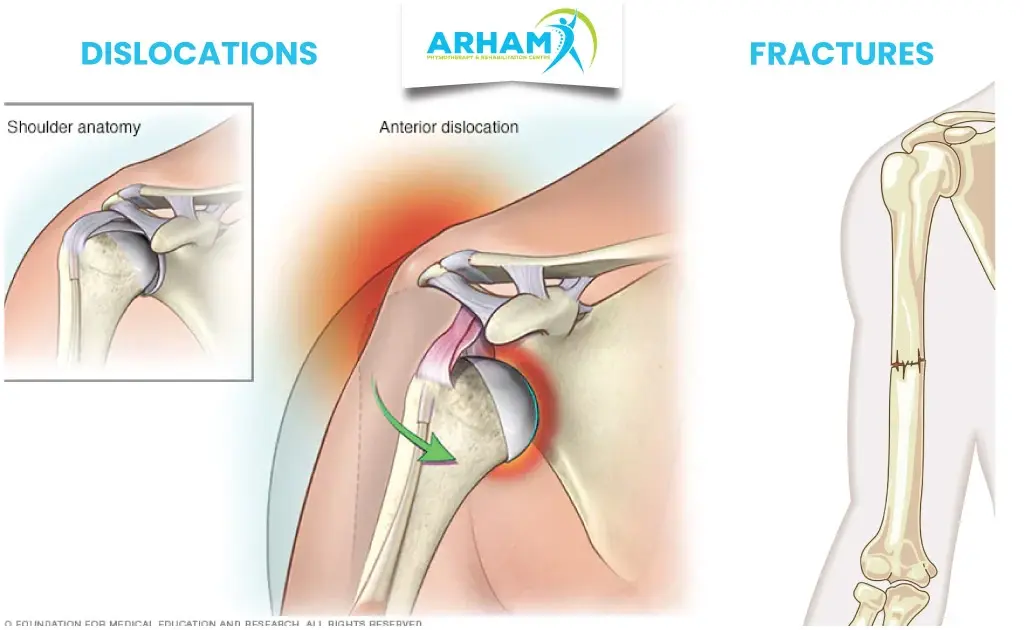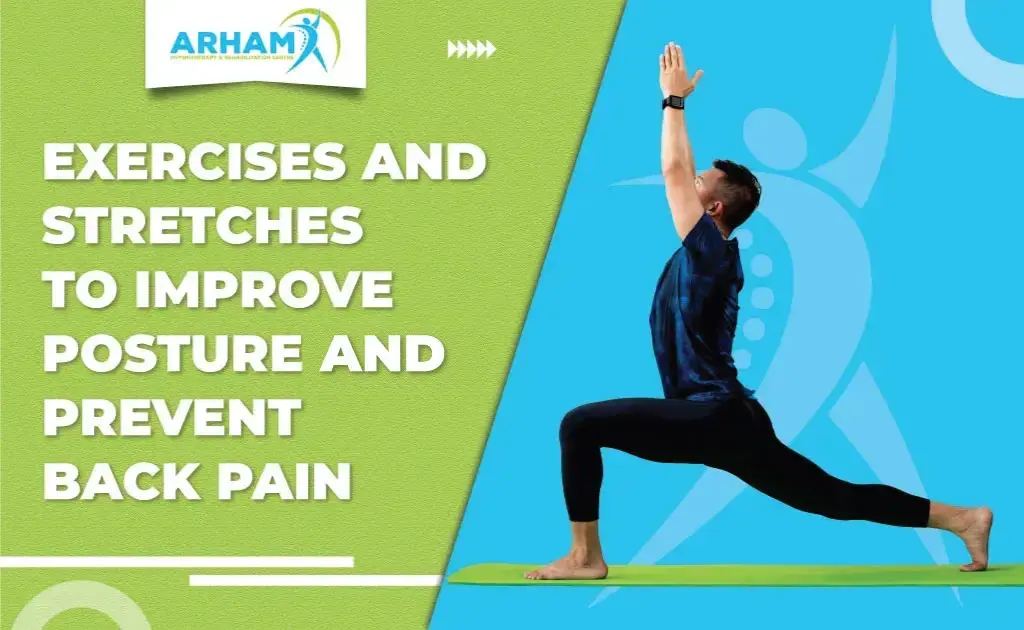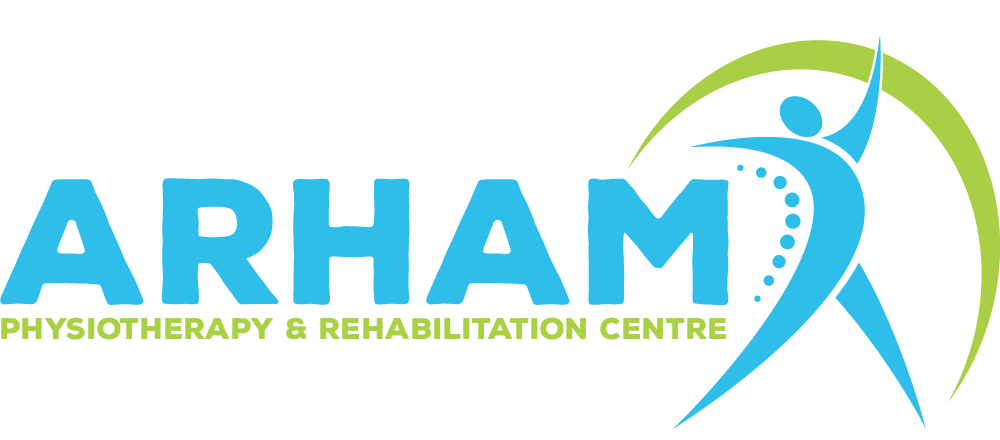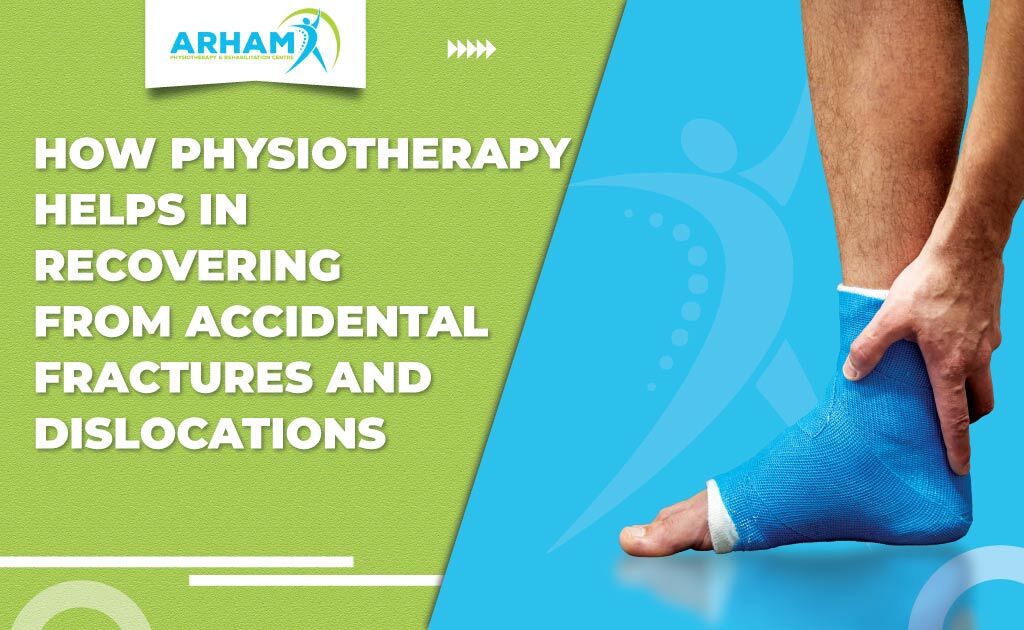How Physiotherapy Helps in Recovering from Accidental Fractures and Dislocations
Understanding Fractures and Dislocations
Fractures and dislocations are two distinct but related types of injuries that can affect your bones and joints.
Fractures refer to broken bones, which occur when a bone is subjected to more force or pressure than it can withstand.
This can happen due to falls, accidents, sports injuries, or underlying medical conditions that weaken the bones. Fractures can range from small hairline cracks to complete breaks, and they often cause pain, swelling, and difficulty moving the affected area.
Dislocations can occur due to sudden impact or a strong force applied to a joint.
Dislocations commonly affect joints such as shoulders, elbows, fingers, knees, and hips. When a joint is dislocated, the affected area may appear deformed, and movement becomes limited and painful.
Both fractures and dislocations can result from various causes. Falls, sports-related injuries, car accidents, and repetitive stress on the bones and joints are common culprits.
- Closed fracture: The broken bone does not enter through the skin.
- Open fracture: The broken bone protrudes from the skin and increases the risk of infection.
- Greenstick fracture: These types of fractures are common in children, in this fracture, bone bends and cracks but doesn’t break completely.
- Comminuted fracture: The bone shatters into multiple fragments.
- Stress fracture: A small crack in the bone due to repetitive stress over time.
Dislocations can be categorized based on the affected joint, such as:
- Shoulder dislocation: The upper arm bone pops out of the shoulder socket.
- Elbow dislocation: The bones of the forearm are forced out of alignment with the upper arm bone.
- Finger dislocation: The bones in the finger joint are displaced.
- Knee dislocation: The bones of the knee joint are forcefully displaced.
- Hip dislocation: The ball-shaped head of the thigh bone slips out of the hip socket.
Depending on the severity, fractures may require immobilization with casts or surgical intervention to realign the bones.
Dislocations often need manual manipulation to put the joint back in place, followed by supportive measures like splinting and rehabilitation exercises.
Early medical attention is crucial for fractures and dislocations. Proper management can promote healing, restore mobility, and prevent long-term complications.
Role of Physiotherapy in Fracture and Dislocation Recovery
The primary goal of physiotherapy in fracture and dislocation recovery is to promote healing and enhance the overall functional outcome.
These plans often include exercises, manual therapy techniques, and various modalities to address pain, swelling, stiffness, and muscle weakness.
Physiotherapy also focuses on improving joint range of motion, muscle strength, and flexibility around the injured area.
The collaboration of working closely with orthopedic surgeons to understand the injury ensures a coordinated approach to recovery, with the physiotherapist guiding the patient through each stage of rehabilitation.
Additionally, physiotherapists may collaborate with occupational therapists to address any functional limitations and facilitate a safe return to work or daily activities.
They may also liaise with pain management specialists and psychologists to address any psychological or emotional challenges associated with the injury.

Early Stage Rehabilitation
Early-stage rehabilitation plays a vital role in the recovery process for fractures and dislocations. During this phase, it is important to address pain, and swelling, and prevent stiffness.
Let’s explore effective strategies for managing these challenges and promoting a successful recovery.
Managing pain and swelling is crucial in the acute stage of fracture or dislocation.
To prevent stiffness and maintain joint mobility, gentle range of motion exercises are recommended. These exercises involve slowly and carefully moving the affected joint within a pain-free range.
Physiotherapists can guide patients in performing these exercises safely to avoid further injury.
Regularly performing gentle range of motion exercises helps prevent joint stiffness and promotes the healing process.
Assistive devices and bracing can provide support and stability during the early stages of recovery.
Crutches, walkers, or slings may be recommended to minimize weight-bearing on the affected limb and facilitate mobility.
Braces or splints can be used to immobilize and protect the injured area, providing stability and promoting proper healing.
By implementing these strategies in the early stage of rehabilitation, individuals with fractures or dislocations can effectively manage pain and swelling, prevent stiffness, and support the healing process. Remember to consult with healthcare professionals, such as physiotherapists, to receive proper guidance and ensure a safe and successful recovery.
Strengthening and Mobility Exercises
After the initial stage of rehabilitation, progressive strengthening exercises become crucial for regaining muscle strength and stability around the affected joint.
These exercises involve gradually increasing resistance or weight to challenge the muscles and promote their growth and endurance.
Working with a physiotherapist ensures a safe and effective progression in the strengthening exercises, helping to restore stability and support to the injured area.
Range of motion exercises play a significant role in improving flexibility and joint mobility.
These exercises aim to gently move the joint through its full range of motion, helping to prevent stiffness and maintain flexibility.
Physiotherapists guide patients through specific techniques to safely and effectively stretch and mobilize the affected joint, promoting better movement and reducing the risk of future limitations.
Functional exercises are essential for restoring normal movement patterns and activities of daily living.
These exercises mimic real-life movements and tasks, helping individuals regain their ability to perform everyday activities such as walking, bending, lifting, and reaching.
By focusing on functional exercises, patients can enhance their overall functionality and regain independence in their daily lives.
Incorporating progressive strengthening, range of motion, and functional exercises into the rehabilitation process is vital for a successful recovery from fractures and dislocations.
By following a structured exercise program, individuals can regain muscle strength, improve joint flexibility, and restore normal movement patterns, leading to a return to their pre-injury level of activity and functionality.
Work closely with a physiotherapist to develop a tailored exercise plan that meets your specific needs and goals.
Balance and Proprioception Training
Exercises that focus on improving balance and proprioception are essential for a comprehensive recovery from fractures and dislocations.
These exercises aim to enhance stability, reduce the risk of falls, and prevent re-injury. Let’s explore effective methods and tools used in balance and proprioception training.
Balance boards, stability exercises, and proprioceptive training tools are commonly utilized to challenge and improve balance.
These tools create an unstable surface, forcing the body to engage different muscles and activate the proprioceptive system.
By regularly performing exercises on balance boards or unstable surfaces, individuals can enhance their body’s ability to maintain stability and react to changes in position or terrain.
These exercises enhance body awareness, coordination, and control, which are crucial for maintaining stability during daily activities.
By improving balance and proprioception, individuals can regain confidence in their movements, reduce the risk of falls, and prevent potential setbacks in their recovery journey.
Incorporating balance and proprioception exercises into the rehabilitation program is vital for a safe and successful recovery.
Working with a physiotherapist or rehabilitation specialist ensures proper guidance and progression in these exercises.
By consistently practicing balance and proprioception training, individuals can enhance their stability, reduce the risk of falls, and achieve optimal recovery outcomes.

Scar Tissue Management
Exercises that focus on improving balance and proprioception are essential for a comprehensive recovery from fractures and dislocations.
These exercises aim to enhance stability, reduce the risk of falls, and prevent re-injury.
Let’s explore effective methods and tools used in balance and proprioception training.
Balance boards, stability exercises, and proprioceptive training tools are commonly utilized to challenge and improve balance.
These tools create an unstable surface, forcing the body to engage different muscles and activate the proprioceptive system.
By regularly performing exercises on balance boards or unstable surfaces, individuals can enhance their body’s ability to maintain stability and react to changes in position or terrain.
Exercises enhance body awareness, coordination, and control, which are crucial for maintaining stability during daily activities.
By improving balance and proprioception, individuals can regain confidence in their movements, reduce the risk of falls, and prevent potential setbacks in their recovery journey.
Incorporating balance and proprioception exercises into the rehabilitation program is vital for a safe and successful recovery.
Working with a physiotherapist or rehabilitation specialist ensures proper guidance and progression in these exercises.
By consistently practicing balance and proprioception training, individuals can enhance their stability, reduce the risk of falls, and achieve optimal recovery outcomes.
Return to Sports and Physical Activities
Returning to sports and physical activities following fractures and dislocations requires a careful and structured approach.
Progressive sport-specific or activity-specific exercises and drills are essential for a safe return.
These exercises are designed to gradually rebuild strength, endurance, and skills specific to the chosen sport or activity.
A gradual reintroduction of high-impact activities and sports is crucial to allow the body time to adapt and heal.
By slowly increasing the intensity and demands of the activity, individuals can minimize the risk of re-injury and ensure a successful return to their desired level of performance.
The injury prevention strategies include proper warm-up and cool-down routines, strengthening exercises for vulnerable areas, and adopting appropriate protective gear or equipment.
By following a progressive approach, incorporating sport-specific exercises, and implementing injury prevention strategies, individuals can safely and confidently return to sports and physical activities after fractures and dislocations.
It is important to consult with a healthcare professional or sports specialist for personalized guidance throughout the return-to-sport process.
Pain Management Strategies
Pain management is a crucial aspect of fracture and dislocation recovery, and physiotherapy offers various strategies to help alleviate pain.
Modalities and techniques used in physiotherapy play a significant role in managing pain and promoting healing.
Heat and cold therapy, such as applying hot or cold packs, can provide pain relief and reduce inflammation around the affected area.
These modalities help soothe discomfort and promote circulation, aiding in the healing process.
Electrical stimulation is another technique utilized in physiotherapy for pain management.
It involves the use of low-level electrical currents to stimulate nerves and reduce pain signals, offering relief and facilitating muscle relaxation.
Ultrasound therapy uses sound waves to provide deep tissue heating, promoting blood flow and reducing pain and inflammation in the affected area.
In addition to these modalities, physiotherapists educate patients on self-management techniques for pain relief at home.
These techniques may include gentle exercises, stretches, proper posture, and relaxation techniques to manage pain and discomfort between therapy sessions.
By incorporating these pain management strategies into the rehabilitation process, individuals can experience relief from pain, promote healing, and improve their overall recovery outcomes.
Consult with a physiotherapist for personalized guidance and recommendations for effective pain management during fracture and dislocation recovery.

Psychological Support in Fracture and Dislocation Recovery
Fractures and dislocations can have a profound emotional impact on individuals during the recovery process.
It is crucial to address the psychological aspects and provide support to promote emotional well-being.
Managing stress, anxiety, and frustration is essential for a positive recovery experience.
Techniques like deep breathing exercises, mindfulness, and relaxation techniques can help individuals cope with emotional challenges.
Collaborating with mental health professionals, such as psychologists, can provide valuable support.
These professionals specialize in addressing the emotional impact of injuries and can offer counseling, therapy, and effective coping strategies.
By working together, individuals can navigate the emotional challenges of recovery and develop resilience.
Incorporating psychological support into the recovery process is crucial for overall well-being. Seek the guidance of mental health professionals to receive the necessary support and resources for addressing the emotional impact of fractures and dislocations.
Long-Term Functional Rehabilitation
Achieving long-term functional improvement and maintaining progress after fractures and dislocations require ongoing strategies and dedication. Here are some key approaches for success:
Home exercise programs and self-management strategies play a crucial role in maintaining and improving function.
By consistently following a tailored exercise program at home, individuals can continue building strength, flexibility, and mobility.
Follow-up evaluations with healthcare professionals are essential to monitor progress and address any residual issues.
Periodic assessments allow for adjustments to the rehabilitation plan and the identification of any potential challenges or limitations.
This proactive approach ensures ongoing support and optimal outcomes in the long run.
By implementing these strategies, individuals can experience sustained functional improvement, enhance their quality of life, and minimize the risk of future complications. Stay committed, work closely with healthcare professionals, and embrace a long-term mindset for successful rehabilitation after fractures and dislocations.
Also Read: Pain Relief Physiotherapy
Final Words on Recovery From Accidental Fractures and Dislocations
Effective management of fractures and dislocations involves a comprehensive approach that addresses various aspects of recovery.
From understanding the nature of the injury to implementing appropriate rehabilitation strategies, it is crucial to prioritize pain management, strengthening exercises, mobility training, and psychological support. Collaboration between healthcare professionals and the commitment to long-term rehabilitation strategies are key to achieving optimal outcomes.
By combining these elements, individuals can regain their mobility, function, and overall well-being, enabling them to resume their daily activities and enjoy a fulfilling life post-fracture or dislocation.
FAQs:
How Does Physiotherapy Help in Recovering from Accidental Fractures and Dislocations?
Physiotherapy aids in promoting healing, reducing pain, and restoring mobility through tailored exercises and techniques.
What Are the Benefits of Physiotherapy in Fracture and Dislocation Recovery?
Physiotherapy improves muscle strength, joint flexibility, and overall function, facilitating a faster and more complete recovery.
Can Physiotherapy Help Manage Pain During Fracture and Dislocation Recovery?
Yes, physiotherapy incorporates modalities like heat/cold therapy and electrical stimulation to effectively manage pain and reduce discomfort.
Does Physiotherapy Assist in Preventing Re-Injury After Fractures and Dislocations?
Absolutely, physiotherapy includes strengthening exercises, balance training, and education on proper body mechanics to minimize the risk of future injuries.
How Long Does Physiotherapy Treatment for Fracture and Dislocation Recovery Typically Last?
The duration of physiotherapy treatment varies depending on the injury’s severity, but it generally ranges from a few weeks to several months, tailored to individual needs and progress.

